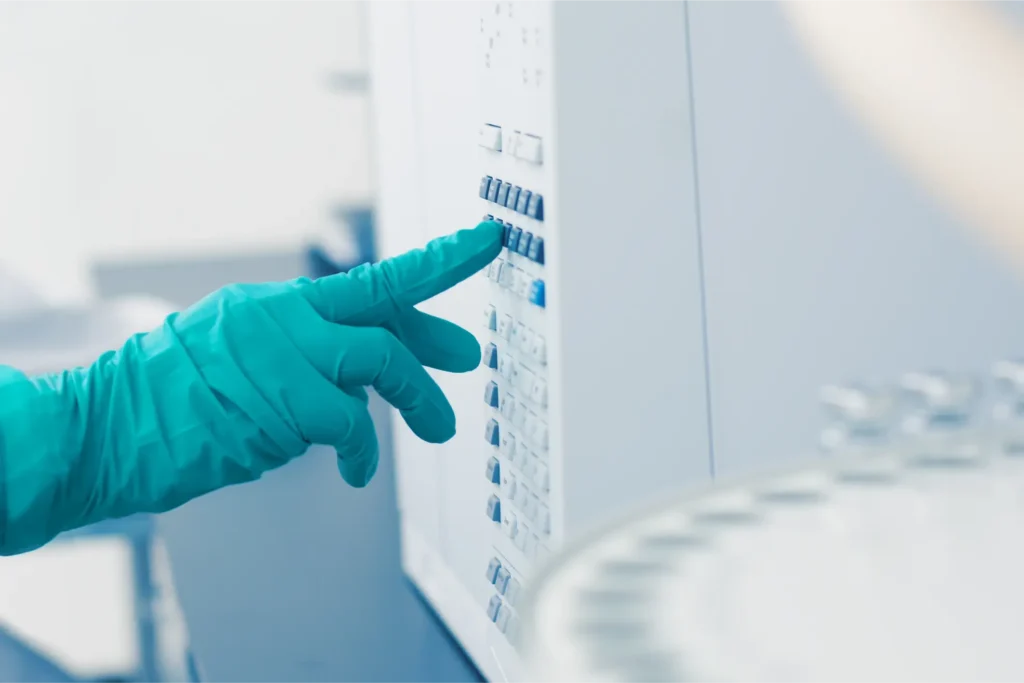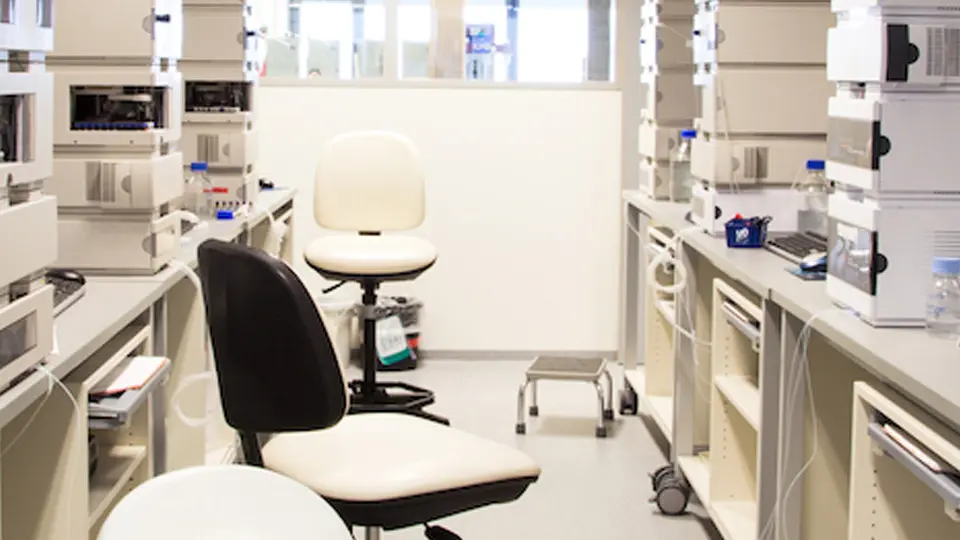
Does this sound familiar? Your lab has just secured funding or green-lit a new project. You’re ready to acquire the instrumentation necessary to begin work – only to find out that the lead time on new equipment is three to six months. Or worse, new tariffs have pushed costs well beyond your budget. These challenges are becoming increasingly common, and they’re forcing laboratory professionals to rethink how they plan for equipment procurement.
In a world where supply chain disruptions and shifting trade policies are the new normal, resilience and flexibility have become critical to operations. For many labs, that means looking beyond traditional purchasing models and considering more agile, adaptive strategies – refurbished lab equipment among them.
Supply chain volatility isn’t new, but recent years have amplified its impact on scientific and analytical laboratories. The COVID-19 pandemic, geopolitical tensions, labor shortages, and natural disasters have all played a role in destabilizing the global movement of goods. And for labs, the implications are significant.
Key challenges include:
For research and testing labs working on grant timelines, regulatory deliverables, or client deadlines, this environment introduces considerable risk.
In response to this uncertainty, a growing number of laboratories are rethinking their approach to capital expenditures. They now recognize refurbished equipment not just as a cost-saving tool, but as a strategic asset, offering availability, cost stability, and reduced exposure to international tariffs.

Since refurbished instruments often reside within domestic borders, labs can avoid the unpredictability of international shipping. These instruments can arrive in days or weeks instead of months. Moreover, because customs and tariffs have already been addressed, labs sidestep further tariff impacts.
Not all refurbished equipment is created equal, and relying on a vendor’s assurances alone isn’t enough in a high-stakes lab environment. Labs exploring this route should evaluate the following:
When these criteria are met, refurbished instruments offer a low-risk, high-value alternative to new purchases, particularly when speed and cost control are crucial.
Traditionally, procurement has been viewed primarily through a cost-efficiency lens: how to get the best performance at the best price. But in the current environment, that lens has expanded to include risk mitigation. Delayed instrument delivery can lead to missed deadlines, lost revenue, or even regulatory noncompliance.
Refurbished equipment supports a risk-averse strategy by allowing:
For contract testing labs, where uptime directly correlates with revenue and reputation, reducing procurement risk isn’t just smart, it’s essential.

A common hesitation among lab directors is whether refurbished lab equipment can truly meet the demands of modern testing environments. Concerns about reliability, compatibility, and long-term viability are valid – but increasingly outdated.
Leading refurbishment providers conduct thorough inspections, replace worn components with OEM-grade parts, update software, and validate performance according to industry benchmarks. In many cases, the refurbished unit will perform on par with new, especially for technologies with well-established instrumentation platforms like HPLC, GC-MS, or UV-Vis spectroscopy.
In addition, many labs have found success blending refurbished and new instruments to diversify risk – acquiring newer systems for high-throughput applications, while relying on refurbished units for overflow, redundancy, or support roles.
Tariff policies and supply chains are not likely to stabilize in the short term. Rather than waiting for conditions to improve, lab managers are wise to proactively build procurement strategies that account for volatility.
This includes:
In this context, refurbished lab equipment should not be viewed as a fallback – it’s a core component of a resilient, responsive lab infrastructure.
The conversation about refurbished lab equipment is changing. What was once a purely budget-driven consideration is now a reflection of deeper operational thinking. In a climate of uncertainty, labs that build flexibility into their procurement approach will be better positioned to adapt, scale, and thrive.
Whether you’re a contract testing organization, a public health lab, or a university research group, the need for timely, affordable, and dependable instrumentation is universal. Refurbished lab equipment, when evaluated carefully and supported well, offers a powerful way to meet that need while sidestepping many of the obstacles tied to new equipment sourcing.
In short: refurbished isn’t second-best. It’s a strategic choice for labs that value performance, agility, and long-term resilience.
Note: If your lab is evaluating equipment needs in light of recent tariffs or delays, it may be worth exploring refurbished inventory already available domestically. Consider platforms that offer transparency, service, and support – not just hardware.
Complete this form below to sign up and we will reach out to you with instructions
